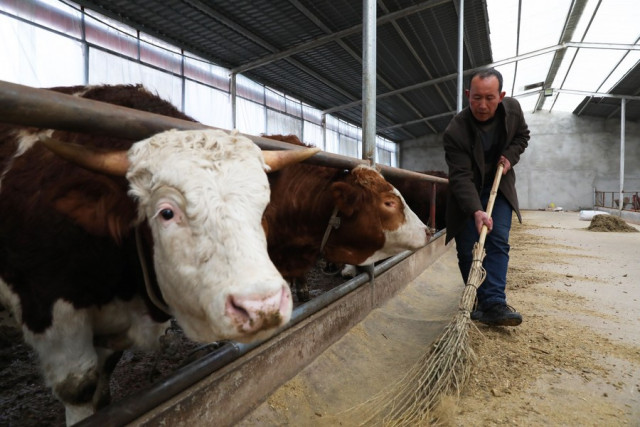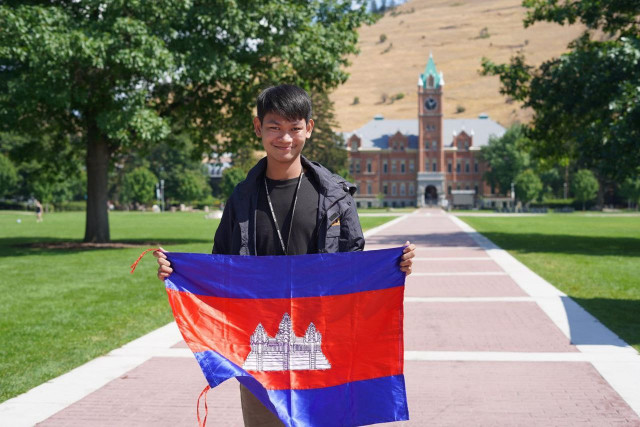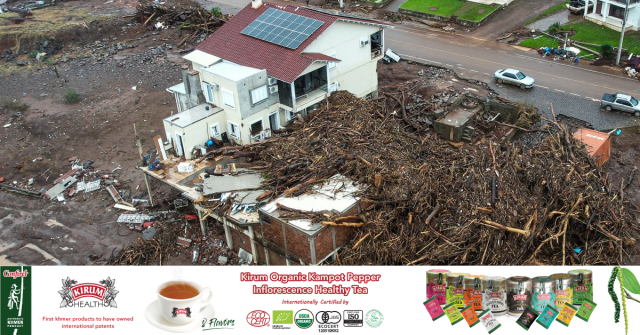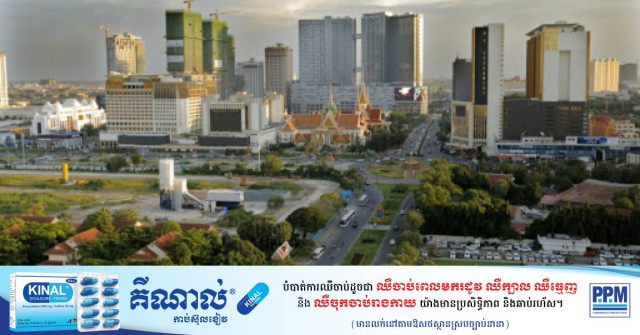Khanun Begins Blowing into South Korea with Strong Winds after Dumping Rain on Japan for a Week
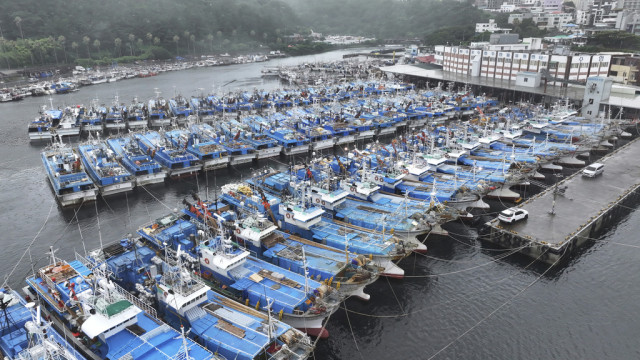
- By Associated Press (AP)
- August 9, 2023 4:04 PM
BUSAN, South Korea — Rains and winds were growing in southern South Korea Wednesday as a tropical storm drew closer to the Korean Peninsula, where it was forecast to slam into major urban areas.
Dozens of flights and ferry services were grounded and tens of thousands of fishing vessels evacuated to ports as government officials raised concern about potentially huge damages from flooding, landslides and tidal waves triggered by the typhoon-strength winds.
The storm, named Khanun, was expected to arrive in South Korea’s southern and eastern regions Wednesday afternoon, the national weather agency said. It is expected to reach the southern resort island of Jeju hours later and then make landfall near the mainland port of Tongyeong Thursday morning.
The agency says Khanun could have a punishing impact as it will likely slice through the center of the country over several hours, with the storm’s eye brushing the capital city of Seoul, while packing winds blowing at 90 to 154 kph (56 to 97 mph).
The storm is expected to dump 10 to 40 centimeters (4 to 16 inches) of rain in southern and central regions and as much as 60 centimeters (24 inches) in the country’s mountainous eastern regions through Friday. It will be weaker as it blows into North Korea early in the day.
The Korean Meteorological Administration measured Khanun at typhoon strength with maximum winds of 126 kph (78 mph) as of 3:10 p.m. Wednesday (6:10 a.m. GMT), as it passed through waters 290 kilometers (180 miles) southeast of Jeju while moving northward at a speed of 12 kph (7.4 mph).
Winds were growing stronger in Jeju as of 3 p.m., blowing at a maximum 86 kph (53 mph) near Jeju City on the island’s northern side while pouring 11 centimeters (4.3 inches) of rain near Seogwipo City on the island’s southern side. Winds were also picking up in some southern mainland areas, including the southwestern port city of Yeosu, where they were measured up to 86 kph (53 mph).
Things were calmer in Busan, a southeastern port city, where people were still walking along a modestly windy Songjeong Beach, holding umbrellas to block light rain.
Japan measured Khanun as a severe tropical storm with sustained winds of 108 kph (67 mph) and higher gusts. Warnings for stormy conditions, potential flooding and other risks were issued for the southwestern part of Japan’s southern island of Kyushu and nearby areas.
As a stronger typhoon last week, Khanun lashed Okinawa and other Japanese islands, causing injuries and damage.
South Korean President Yoon Suk Yeol has called for officials to be aggressive with disaster prevention measures and evacuations while stressing the perils posed by the storm, which comes just weeks after central and southern regions were pounded by torrential rain that triggered flashfloods and landslides that killed at least 47 people.
The Korea Airport Corporation said at least 144 flights going in and out of Jeju were canceled as of 11 a.m. as Khanun approached. Ferry services connecting the island with mainland ports were also cancelled while authorities shut down at least 39 roads, 26 riverside parking lots and 613 hiking trails nationwide as part of broader preventive measures.
Lee Hak-beom, an official from Korea Coast Guard, said all but 200 of the country’s 64,000 registered fishing vessels have evacuated to ports as of Wednesday morning.
Khanun has forced South Korea to evacuate the World Scout Jamboree that had been taking place at a coastal campsite in the southwestern county of Buan. Officials on Tuesday mobilized more than 1,000 buses to transfer 37,000 global scouts to university dormitories, government and corporate training centers and hotels in the capital Seoul and nearby areas.
While South Korean organizers say the Jamboree will continue in the form of cultural events and activities, including a K-Pop concert in Seoul on Friday to go with the closing ceremony, all outdoor activities will be banned from Thursday until the storm passes.
Lee Sang-min, South Korea’s Minister of the Interior and Safety, said he was hopeful that the K-Pop concert would be held as planned at a Seoul soccer stadium on Friday evening, when Khanun would have already passed the region. However, he admitted that the storm could complicate preparations.
“If the typhoon still has an influence by then … and the conditions aren’t ideal to support the proceeding of a concert, then we will have to consider cancelling foremost,” Lee said during a briefing.
North Korean state media said Wednesday that officials were employing measures to protect factories from possible storm damage, including preparing sandbags, examining pumping systems and setting up emergency plans to evacuate important machinery and workers in case of flooding.








